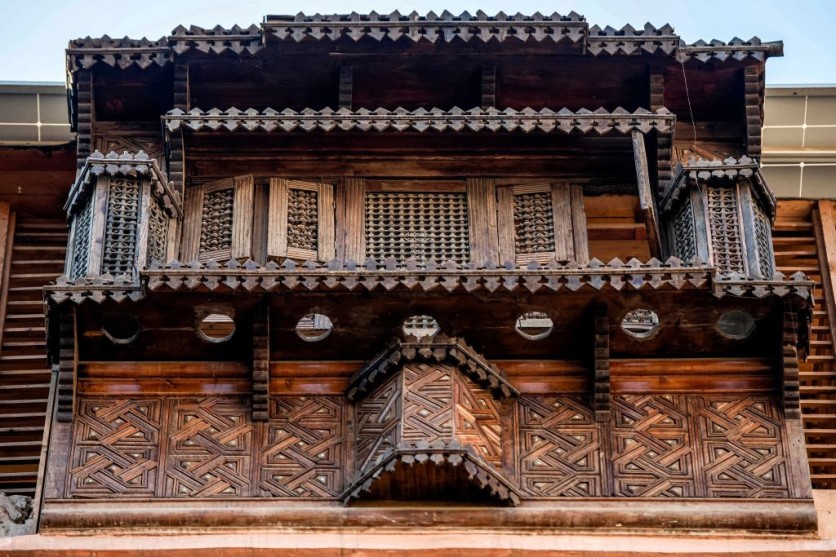AI-generated images, heralded for their role in transforming architectural design processes, are facing significant challenges when applied to the intricate realm of Islamic architecture, according to a recent study by researchers from the University of Sharjah.

Using AI for Islamic Architecture
According to TechXplore, Dr. Ahmad W. Sukkar, a scientist at the Department of Architectural Engineering at the University of Sharjah, noted that while AI technologies such as Stable Diffusion and Midjourney have revolutionized architectural creativity, their application to culturally and religiously sensitive domains like Islamic architecture often falls short.
The study underscored that these AI tools, renowned for their capability to produce sophisticated and imaginative designs, frequently fail to convey the nuanced understanding required for historical Islamic elements and their interpretations.
Hence, the researchers noted that integrating AI in architectural design, particularly in contexts steeped in cultural significance, necessitates careful consideration due to inherent limitations in historical datasets used by AI image generators.
Sukkar said a prevalent trend where AI-generated depictions inadvertently blend incomplete historical knowledge with design inadequacies, undermining the fidelity required for authentic representations of Islamic architectural heritage.
While AI models boast prowess in generating artistic and architectural imagery rich in texture and detail, their application to traditional Islamic architectural styles remains challenging.
The study suggested that AI can inspire new design possibilities, but it must still be complemented by human expertise grounded in the principles and traditions specific to Islamic architecture. The researchers argued for a balanced approach in which AI serves as an advanced tool to augment human creativity rather than replace it outright.
They emphasize the importance of preserving the human touch, craftsmanship, and cultural sensitivity integral to Islamic architecture. AI struggles to encapsulate these elements fully due to the complex and subjective nature of cultural practices, rituals, and oral traditions embedded within Islamic heritage.
'Striking a Balance is Crucial'
Sukkar's research delved into the intersection of AI and Islamic architecture, revealing both the potential and limitations of AI systems in generating images that accurately reflect the depth and complexity of Islamic architectural heritage.
By scrutinizing historical sources and comparing AI-generated outputs, the study identified several factors contributing to discrepancies, including the constraints of prompts used in image generation, challenges in capturing regional and historical architectural styles faithfully, and difficulties in rendering intricate architectural elements with fidelity.
The study advocated for the cautious utilization of AI image generators in Islamic architectural design processes, acknowledging their potential to inspire innovative design concepts while advocating for their integration with deep-rooted architectural knowledge and sensitivity to cultural nuances.
"The human touch, craftsmanship, and cultural sensitivity integral to architecture in this context should be preserved and not be overlooked," Sukkar said in a statement. "Striking a balance is crucial, and AI should be seen as an advanced tool to augment human creativity rather than replace it entirely."
The research team's findings were published in the journal Buildings.


![Apple Watch Series 10 [GPS 42mm]](https://d.techtimes.com/en/full/453899/apple-watch-series-10-gps-42mm.jpg?w=184&h=103&f=9fb3c2ea2db928c663d1d2eadbcb3e52)


